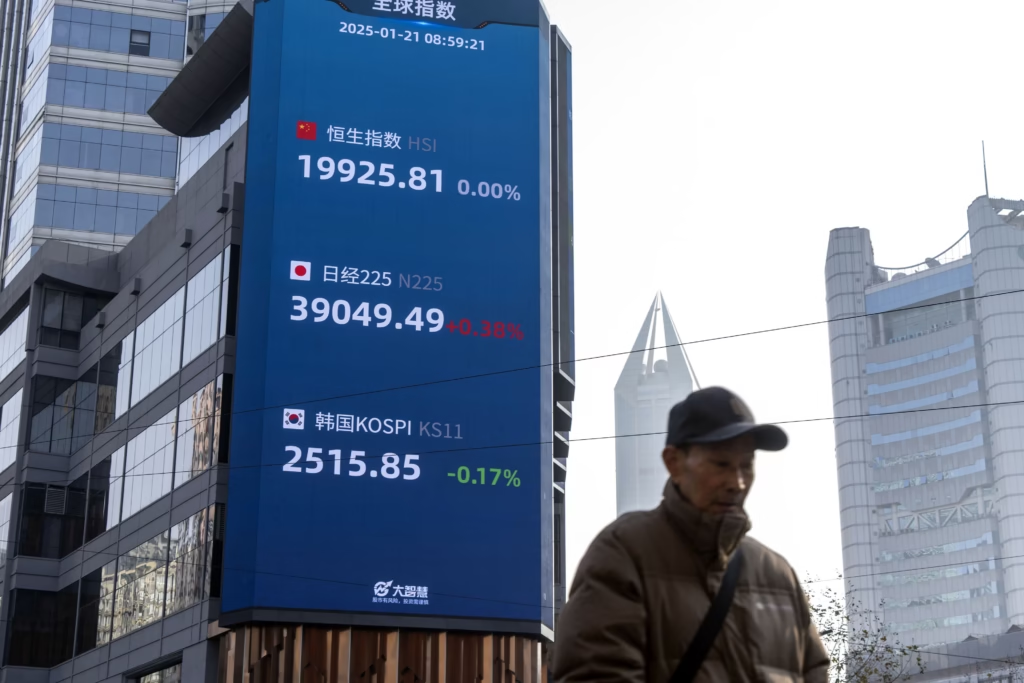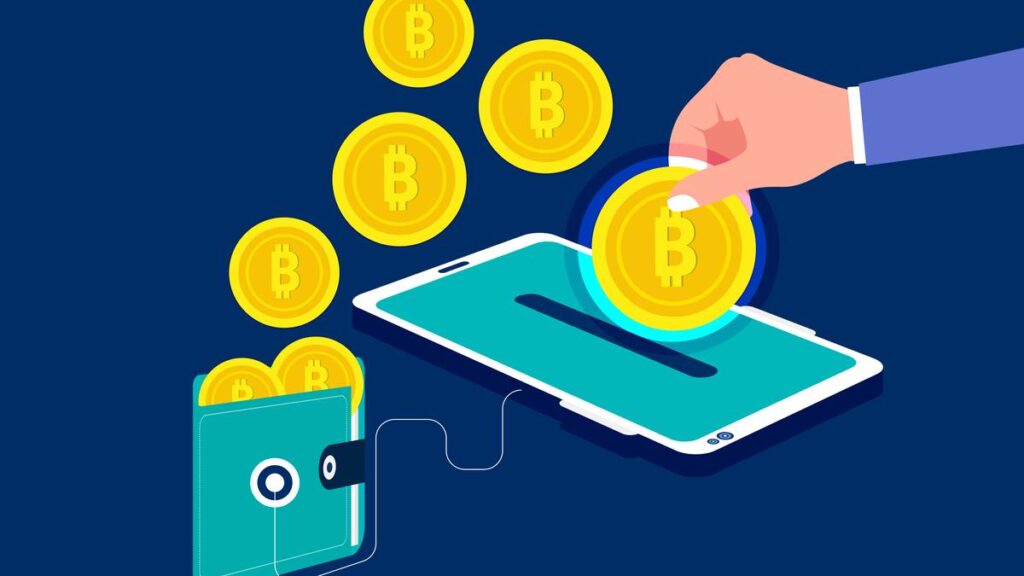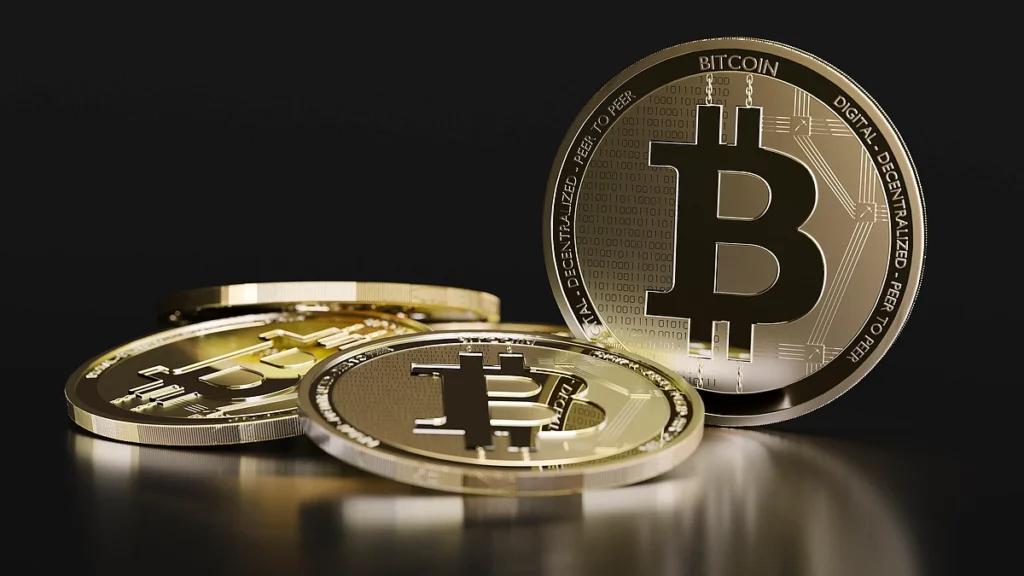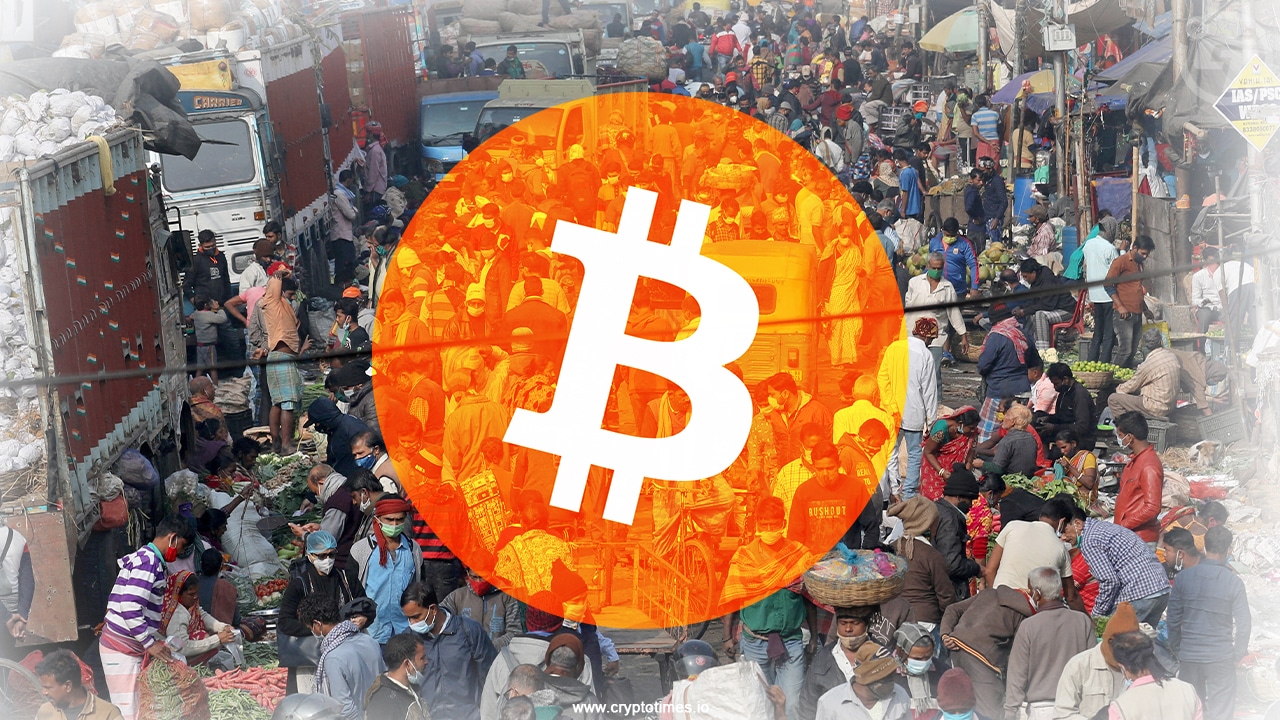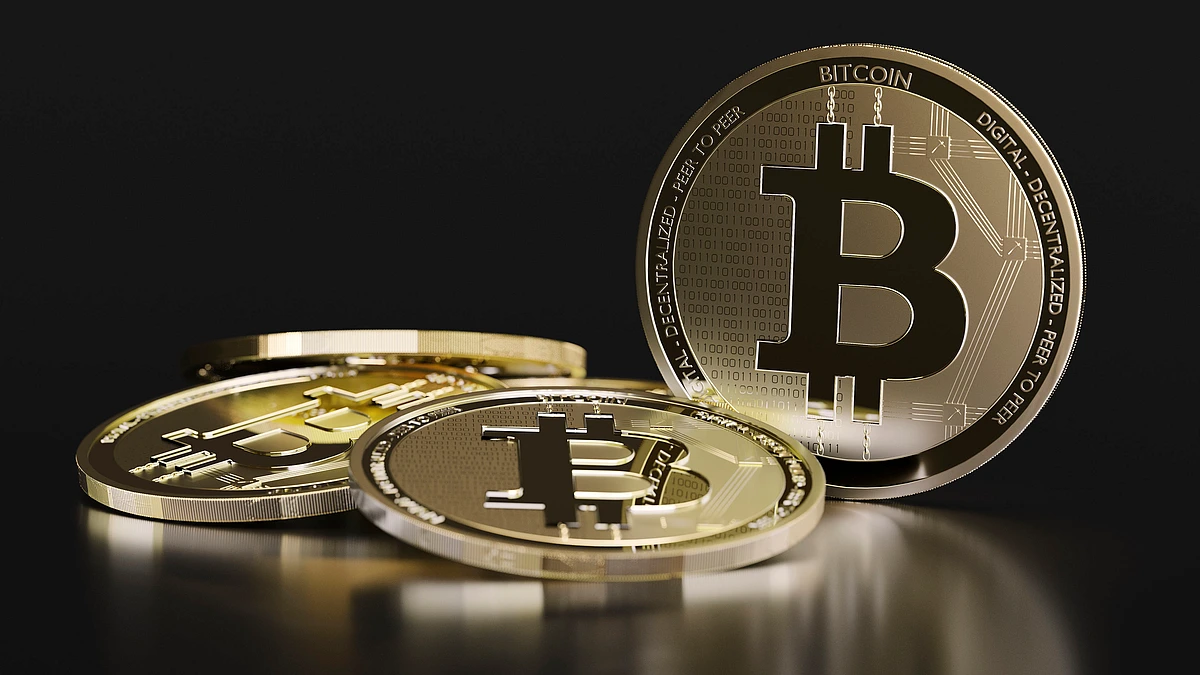Now Reading: Stablecoins 2025: How They’re Quietly Redefining Digital Payments in India
-
01
Stablecoins 2025: How They’re Quietly Redefining Digital Payments in India
Stablecoins 2025: How They’re Quietly Redefining Digital Payments in India
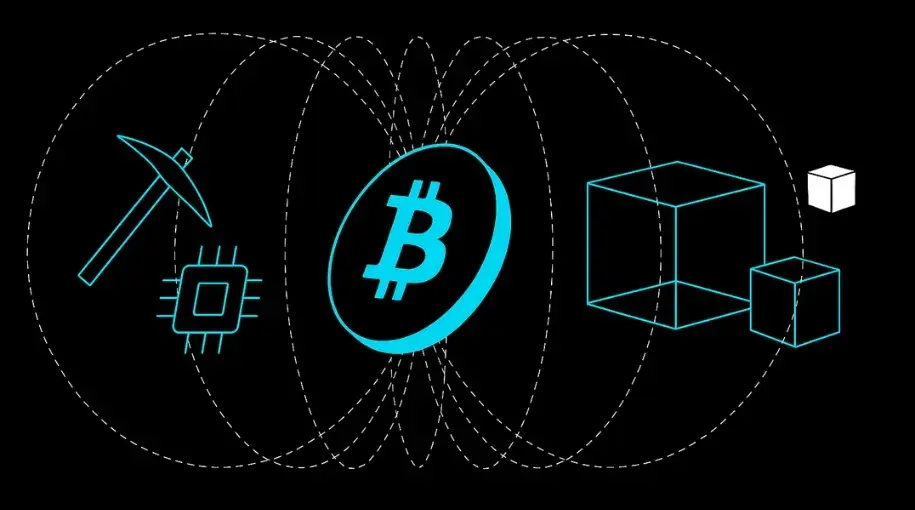
Digital payments in India are entering a new chapter, and this time it’s not about UPI or net banking—it’s about stablecoins. These are cryptocurrencies designed to maintain a steady value, often pegged to real-world currencies like the dollar or rupee. In 2025, as global crypto volatility keeps investors cautious, stablecoins have become the quiet backbone of digital transactions and cross-border payments.
For many Indians, especially freelancers and small business owners in Tier 2 cities, stablecoins are solving real problems. International clients prefer paying in digital assets, and stablecoins make it easier to receive those payments instantly without worrying about price swings. It’s faster than traditional banking and often cheaper than wire transfers, which can take days and eat into earnings through fees.
The appeal lies in their predictability. Unlike Bitcoin or Ethereum, stablecoins don’t fluctuate wildly. This makes them more suitable for everyday transactions—whether it’s sending money to family, paying vendors, or making online purchases. In cities like Nagpur, Surat, or Bhopal, where digital literacy is growing, these coins are becoming an alternative payment layer that feels modern yet dependable.
However, the growing use of stablecoins is also pushing India’s financial regulators to rethink how they view digital currency. Questions about transparency, taxation, and consumer protection are becoming more relevant. Authorities are exploring ways to ensure these assets are not misused for money laundering or unregulated trading. The focus is shifting from banning crypto to managing it responsibly.
Banks and fintech startups are also watching closely. Some see stablecoins as competition, while others view them as an opportunity to modernize payment systems. The idea of digital rupees or regulated stablecoins is gaining traction, especially as India experiments with its own central bank digital currency.
Still, challenges remain. Many users don’t fully understand the difference between stablecoins and regular crypto tokens. Some rely on unregistered exchanges or unsafe wallets, which exposes them to fraud. Education and awareness will be key if stablecoins are to grow safely in India’s complex financial ecosystem.
The rise of stablecoins in 2025 signals a quiet revolution in how Indians handle money—fast, borderless, and digital. What started as a niche crypto innovation is now reshaping everyday finance, especially outside metro cities. If managed wisely, stablecoins could bridge the gap between traditional banking and the future of digital payments, making India’s financial system more inclusive and connected than ever before.







